When it comes to muscle recovery, freezing cold may be the new hot.
What Is Cryotherapy?
The term cryotherapy means the localized or general use of cold temperatures in therapy. In fact, if your mom ever put a freezing cold ice pack on a fresh bump or bruise, you’ve already experienced this alternative therapy for yourself (well, a much more traditional version). Today, cryochambers are now used for this sub-zero treatment, instead of ice packs and ice baths (also known as cold-water immersions) (1).
Suffering from a sore neck, back and shoulders? Get our mobility guide to ease pain and soreness.
Get The FREE Mobility Guide To Fix Your Pain Today!
Whole body cryotherapy originated in Japan in the 1970s as a natural therapy for alleviating the pain associated with rheumatoid arthritis. The freezing cold air was found to rapidly reduce pain and inflammation by decreasing the skin’s external temperature, causing an influx of endorphins (your body’s natural painkillers) to be released (2). This is how it was discovered that cryotherapy was able to reduce the pain related to other inflammatory conditions.
[tweet_quote] Cryotherapy reduces pain by causing an influx of feel-good endorphins to be released.[/tweet_quote]More research is needed to further support the efficacy of cryotherapy, but there are many people (especially athletes) who swear by its pain-relieving and injury healing benefits.
At the present time, scientists do know that freezing cold temperatures have an analgesic effect on the body, which means it can provide relief from pain and dull painful sensations (3).
You see, the freezing cold numbs pain by narrowing blood vessels (also called vasoconstriction), which slows down blood flow in the body. When blood flow is limited, the constriction of arteries and veins reduces the body’s inflammatory response, thereby alleviating swelling, aches and pains.
The Journey into a Cryochamber
We agree that spending your free time standing naked in an ice cold chamber may not sound appealing. However, you are permitted to wear gloves, headbands, facial masks and footwear to keep “warm.” Otherwise, minimal clothing is worn to maximize your skin’s exposure to the cold, and care is taken to make sure all body parts and clothing are dry to avoid injuries from moisture freezing.
Who Can Benefit from Cryotherapy?
As mentioned above, cryotherapy is becoming a trusted form of pain relief, injury healing and reduced recovery time for athletes.
Perhaps your coach once recommended bathing in ice after sports events or alternating the shower setting from hot to cold to prevent delayed onset muscle syndrome (DOMS). While ice water immersion and contrast temperatures may be common practices for athletes, cryotherapy is the latest theory being applied to muscle recovery (5).
[tweet_quote] Spending time naked in an ice cold chamber might not sound appealing, but the benefits may be worth it.[/tweet_quote]While cryotherapy is being validated in the sports therapy world, it’s starting to be used for a wide range of medical conditions, such as multiple sclerosis (MS) and fibromyalgia. And yes—cryotherapy is still used for its original purpose of improving rheumatoid arthritis (6)(7).
Some studies claim that whole body cryotherapy also enhances antioxidant capacity and parasympathetic reactivation (which is the state in which your body repairs and regenerates) (8).
Other Uses for Cryotherapy
While cryotherapy is more of a name in sports medicine, the beauty and cosmetic industry is also discussing cryotherapy for improving the skin’s appearance. This is because cold temperatures improve blood circulation, which can help the skin look fuller, younger, and more supple.
Other claims for cryotherapy include weight loss, anti-aging benefits and detoxification, although none of these are backed by scientific evidence at this point. Still, you can find cryotherapy chambers at health spas and resorts for these intended purposes.
Thermotherapy Vs. Cryotherapy
The debate regarding hot (thermotherapy) versus cold (cryotherapy) has long been argued. So which should you choose: the deep burn or the deep freeze?
As you now understand, cold temperatures are highly beneficial for swollen and inflamed injuries. On the other hand, hot temperatures are more commonly recommended for chronic pain and recurring injuries, such as muscle spasms or neck and back pain. Simply put: heat works to relax muscles and alleviate muscle stiffness by increasing blood supply; freezing cold temperatures slow down the blood supply, which calms down tissues that are swollen, inflamed and hot.
[tweet_quote] Some like it hot! The debate between thermotherapy and cryotherpy is still going strong.[/tweet_quote]While both hot and cold therapies can be beneficial for pain relief, it’s ultimately up to you to decide what feels best when it comes to healing your body (although in theory, ice is the best starting point for putting out the “fire” of inflammation, and heat is more effective for treating muscle tensions and spasms).
Cryotherapy Chambers Vs. Ice Baths
While some research suggests cryotherapy chambers specifically are effective in reducing pain and inflammation, these findings do not outweigh similar results obtained from “old-school” cryotherapy methods, such as surface ice packs and ice baths (9)(10).
One study took ten controlled trials and compared whole body cryotherapy to the more traditional methods. Results concluded that cryochambers were comparable or less significant than traditional methods (11). However, one advantage of whole body cryotherapy is the “short and sweet” immediacy of the process and recovery (completed in minutes) versus cold ice baths, which can leave your muscles and tissues cold for a prolonged period of time.
Whatever the science—and your preference of frozen peas or whole body cryotherapy immersion—muscle recovery is different for each person, so the bottom line is to use what works best for your situation and body.
(Read This Next: When to Use Heat or Ice for Muscle Pain)


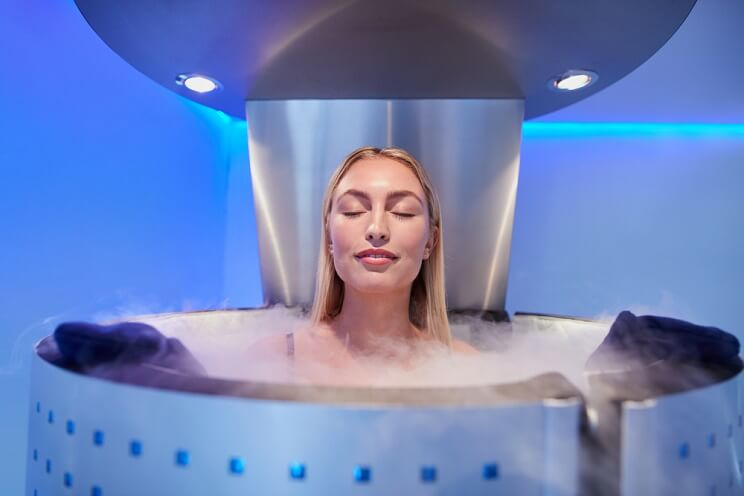

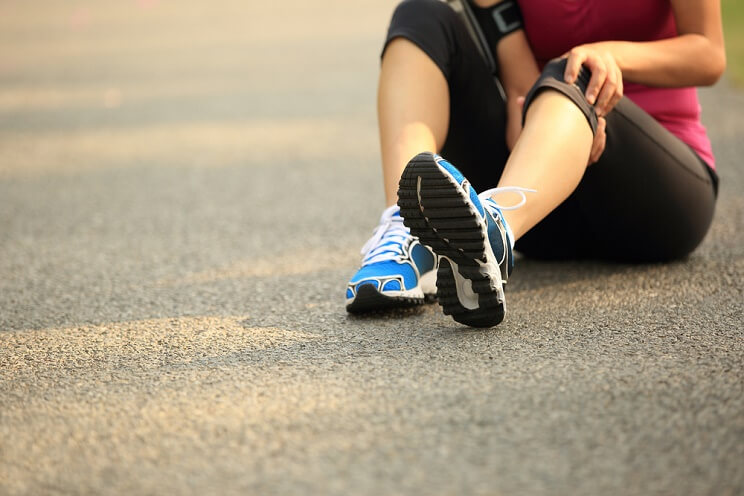

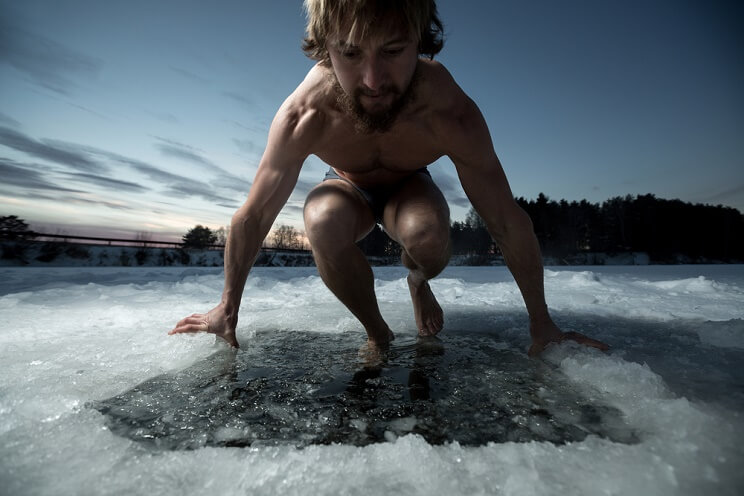

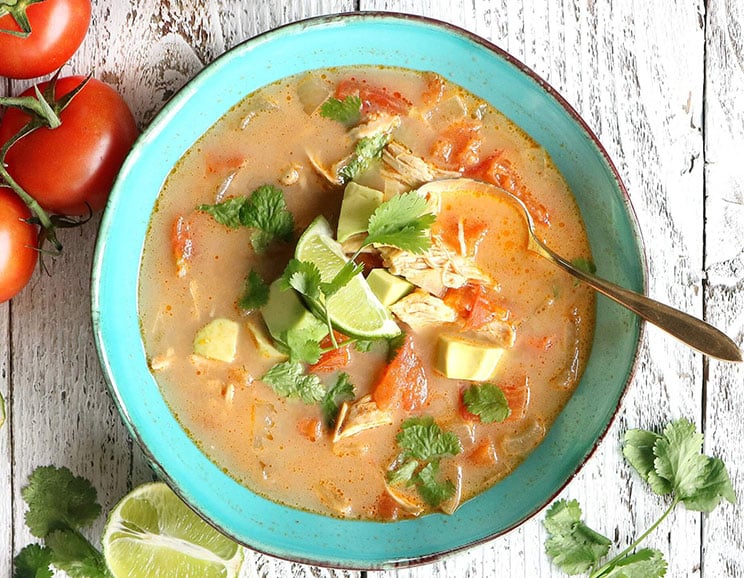 Slow Cooker Chipotle Chicken Soup
Slow Cooker Chipotle Chicken Soup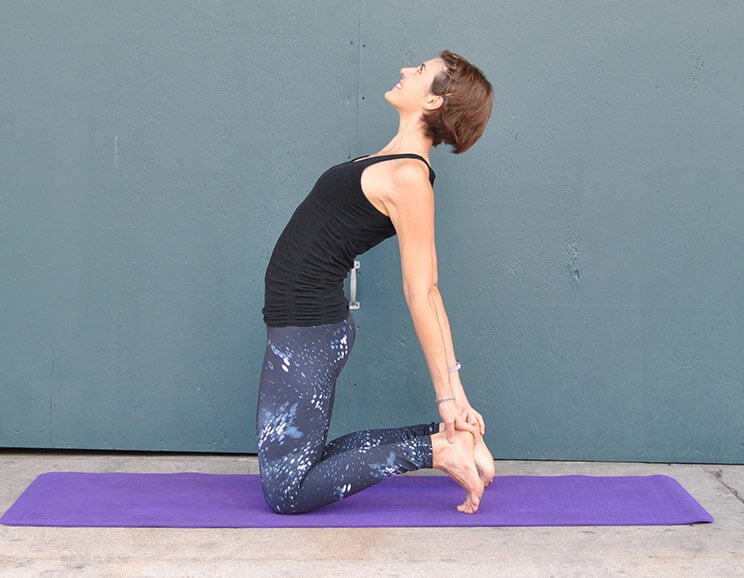
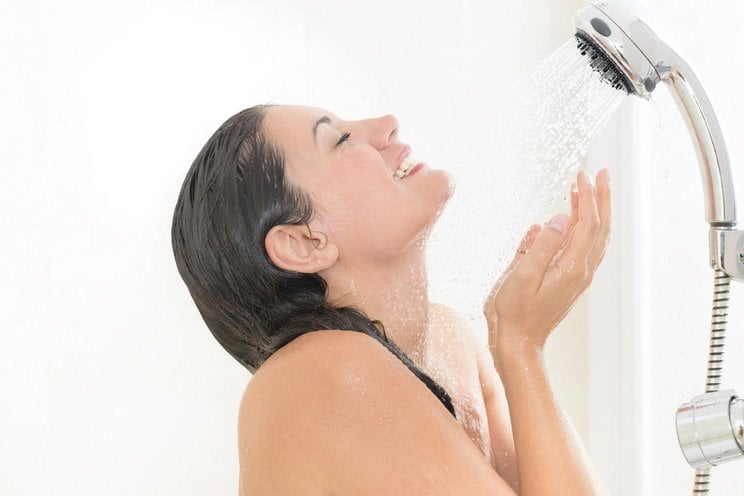


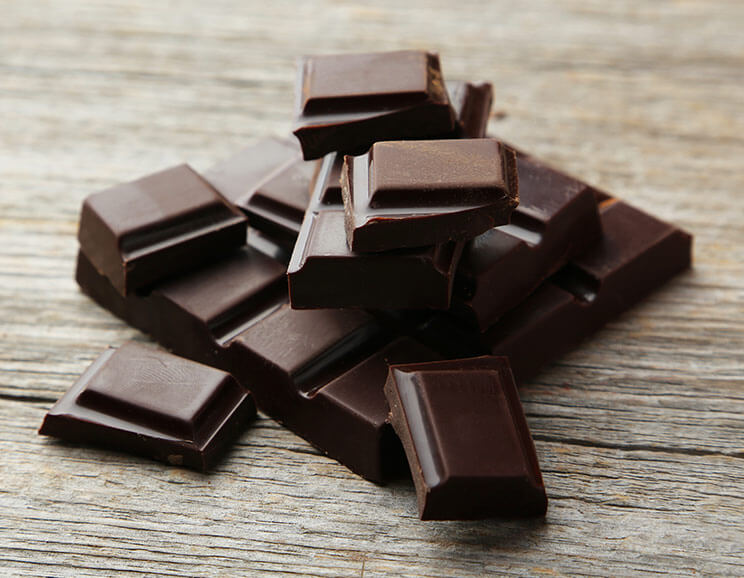
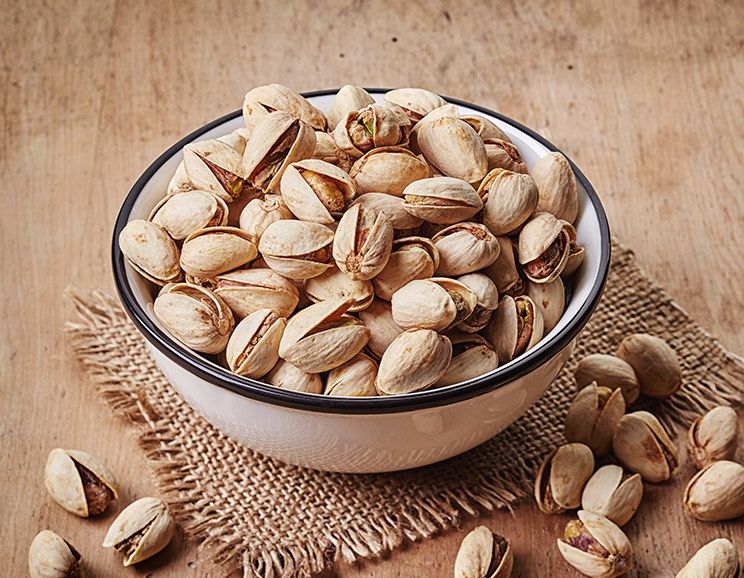
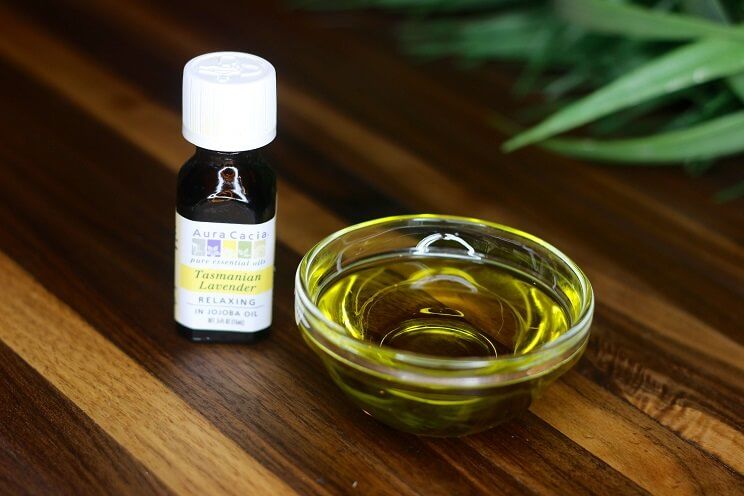
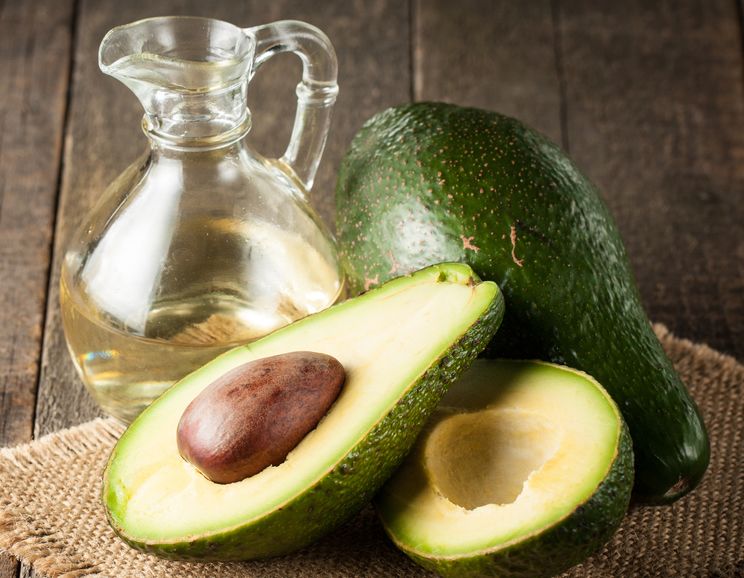
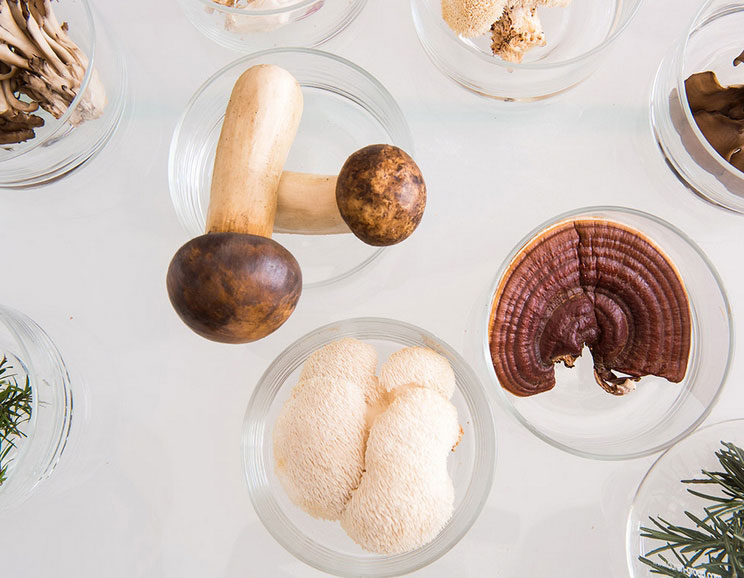

Show Comments